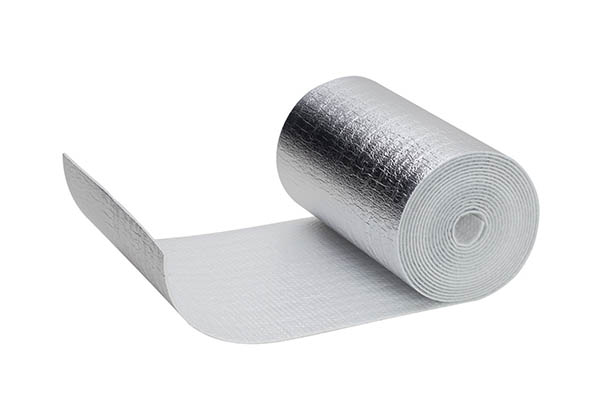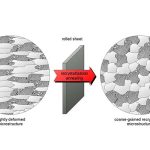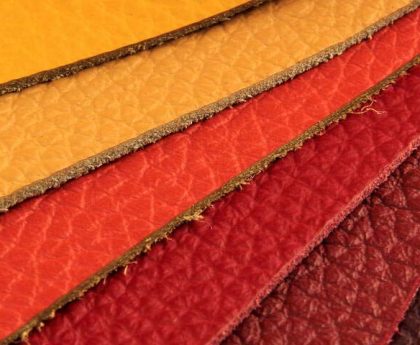In the field of building construction, selecting high-quality insulation materials is a crucial step in energy-efficient design. Several indicators are typically used to assess the advantages and disadvantages of insulation materials. Some of these technical indicators reflect the material’s performance under specific conditions, while others indicate how the material interacts with external factors such as heat. Moreover, various properties of the material can also have interdependencies.
The energy-saving effects can be guaranteed when designing buildings according to energy-saving standards and strictly adhering to the construction requirements. However, due to the long construction period and multiple construction phases, many construction units may lack awareness of the importance of energy efficiency.
As a result, deviations from the design specifications can occur during the construction process. Therefore, it is necessary to conduct on-site inspections to evaluate the energy-saving performance upon project completion. Thermal flow sensors are commonly used to test the performance of insulation materials.
The principle behind thermal flow sensors used in building construction is that a temperature gradient is generated across its thermal resistance layer when heat flows through the sensor.
According to Fourier’s law, the heat flux density passing through the sensor is perpendicular to the isothermal surface. However, if the thermal flow sensor is not used properly, the measurement results may deviate to some extent. Let’s explore the factors that affect the accuracy of thermal flow sensor measurements:
Contact Tightness: The tightness of the sensor’s attachment to the measured object significantly affects the heat flow’s stabilization time. The tighter the contact, the faster the stabilization and the smaller the measurement deviation. Conversely, looser contact leads to larger measurement deviations. Therefore, it is crucial to ensure a tight fit between the thermal flow sensor and the object being measured to reduce measurement time and improve accuracy.
Sensor Calibration: Regular calibration of thermal flow sensors is essential to maintain accuracy. Calibration helps identify and correct any deviations or drifts in the sensor’s measurements, ensuring reliable and consistent results. Following the manufacturer’s guidelines for calibration intervals and procedures is recommended to achieve accurate measurements.
Environmental Factors: The ambient temperature, humidity, and air movement around the thermal flow sensor can affect its performance. These factors can introduce additional heat transfer mechanisms, such as convection, which may interfere with the accurate measurement of thermal flow. To mitigate such effects, it is important to conduct measurements in controlled environments or account for environmental conditions during data analysis.
Sensor Placement: The precise positioning of the thermal flow sensor is crucial for accurate measurements. Incorrect placement, such as near sources of heat or areas with airflow obstruction, can lead to distorted readings. Therefore, careful consideration should be given to the sensor’s location to ensure representative heat flow measurements in the insulation material.
Conclusion
When using thermal flow sensors for measuring the performance of insulation materials in building construction, several factors influence the accuracy of the measurements.
Considering these factors and using advanced thermal flow sensors like the HF-10S and MF-180 from EKO in Japan, which offer multiple thermal conduction modes, accurate and direct heat flow measurements within insulation materials can be achieved. These sensors are also suitable for measuring radiative heat flux from refrigerants.




